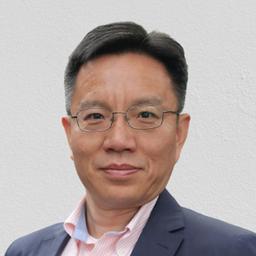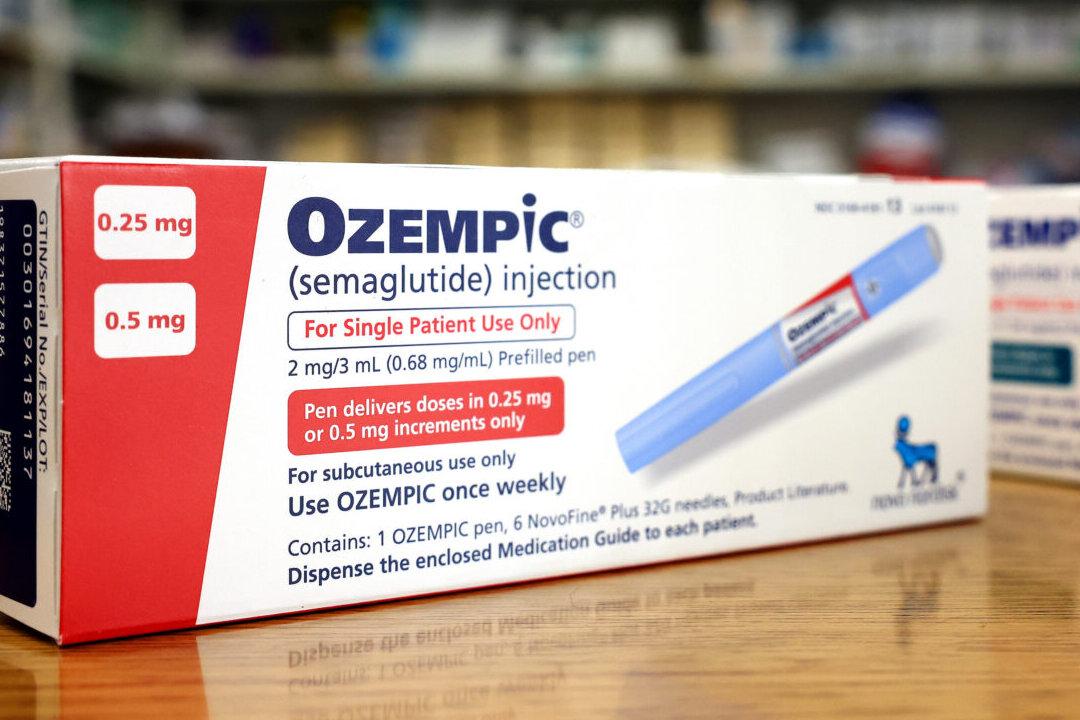The Defense Counterintelligence and Security Agency (DCSA) has successfully enrolled all Defense Department clearance holders—service members, civilians, and contractors, a total of 3.6 million people—in a continuous security vetting program.
The continuous vetting system is part of the Trusted Workforce 2.0, an initiative that will provide continuous vetting for all government personnel, not limited to the Defense Department. The initiative was first introduced under the Trump administration to upgrade the background investigation system.





